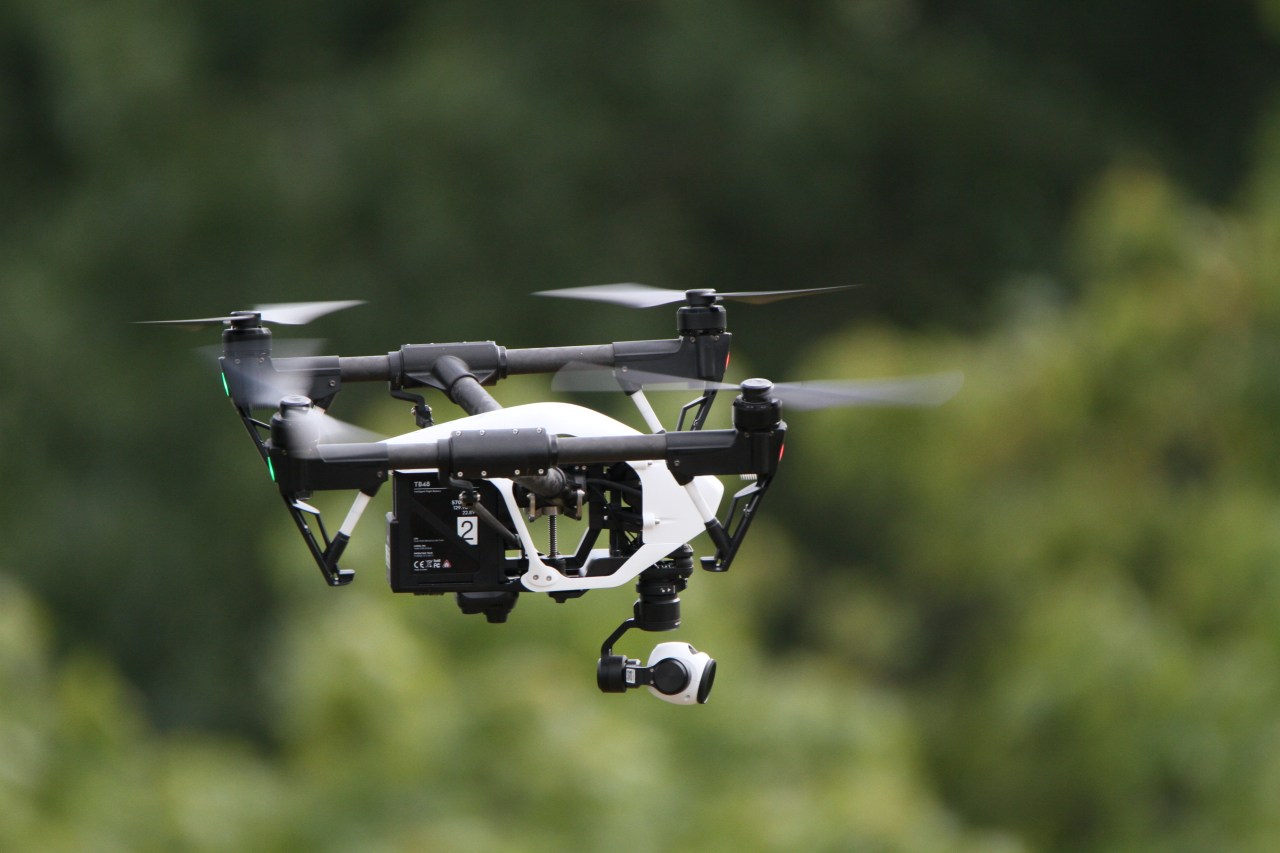September 7, 2016, marked a significant turning point in the world of aerial technology as the U.S. Federal Aviation Administration (FAA) introduced new regulations for the commercial use of small unmanned aircraft systems, also known as drones. These new rules, known as Part 107, open up a plethora of possibilities for businesses eager to integrate drone technology into their operations, while also ensuring safety and accountability in the national airspace.
What are Part 107 Rules?
The Part 107 rules designate specific operational parameters that must be adhered to by those wishing to fly drones for commercial purposes. These rules apply to drones weighing up to 55 pounds, and their uses can vary widely—from scientific research and media production to land surveying and infrastructure inspections.
Key Provisions of Part 107
- Registration: All drones intended for commercial use must be registered with the FAA.
- Operational limits: Drones cannot be operated at night, in poor weather conditions, or over groups of people.
- Visual Line of Sight (VLOS): Operators must maintain VLOS, meaning they must be able to see the drone without the use of any device other than corrective lenses.
- Single-Pilot Rule: Each drone must be operated by one pilot, disallowing the management of multiple drones simultaneously.
Impact on the Drone Industry
The impact of Part 107 extends beyond compliance—it paves the way for a burgeoning industry that experts predict could lead to the creation of over 100,000 jobs and a revenue generation of at least $82 billion in the first decade of drone integration into the U.S. airspace. The excitement within sectors like agriculture, real estate, and logistics is palpable as these industries look forward to leveraging drones for enhanced efficiency and cost-effectiveness.
Future Regulations on the Horizon
While the establishment of Part 107 is a monumental step forward, the FAA has made it clear that further regulations are inevitable. The agency is actively collecting data on the safety, privacy, and security implications of drone operations. As public interest grows, there is a concerted effort to balance innovation with responsibility. Government officials, including the U.S. Department of Transportation Secretary, have indicated that more relaxed rules may emerge, facilitating even greater uses of this technology.
Consequences of Non-Compliance
Compliance with Part 107 is not just a recommendation—it is a requirement. Failure to adhere to these regulations can lead to severe penalties, including revocation of the operator’s commercial flying license. The FAA is committed to taking strict action against violators, emphasizing that safety is a top priority in the integration of drones into the national airspace.
Conclusion: A Bright Future Ahead
The debut of the Part 107 regulations sets the stage for an exciting and transformative era for the drone industry in the United States. As businesses explore how to harness this technology, the potential applications seem almost limitless. With ongoing conversations about safety and privacy, collaboration will be key to ensuring that drone operations benefit society while maintaining public trust.
At fxis.ai, we believe that such advancements are crucial for the future of AI, as they enable more comprehensive and effective solutions. Our team is continually exploring new methodologies to push the envelope in artificial intelligence, ensuring that our clients benefit from the latest technological innovations. For more insights, updates, or to collaborate on AI development projects, stay connected with fxis.ai.

